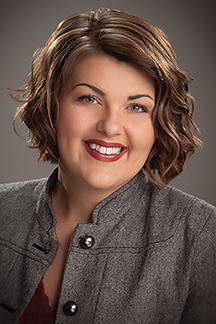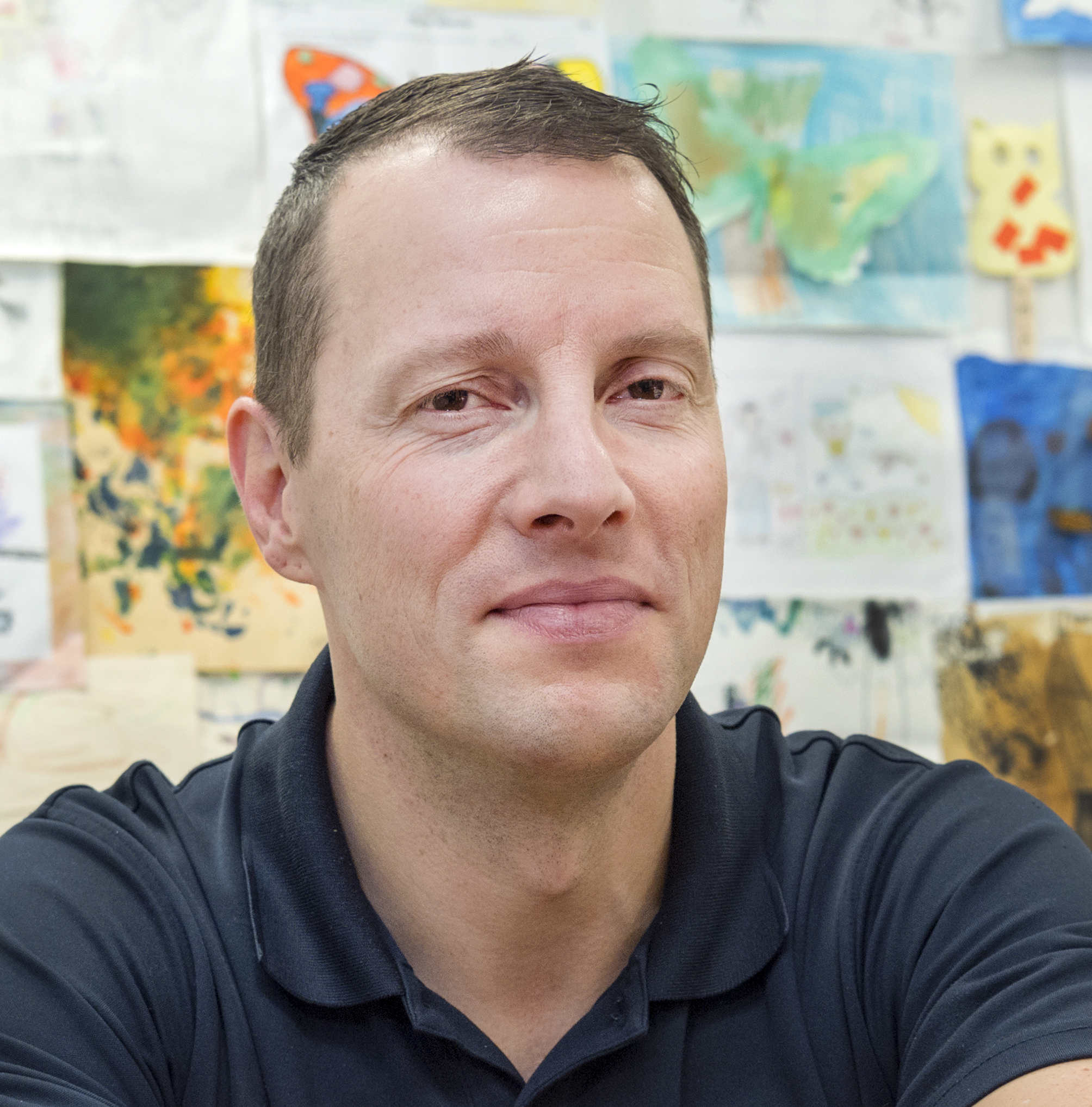Expert says West Virginia kids are not different
By Crystal Good
West Virginia Press Association
CHARLESTON, W.Va. — A program that focuses on strengthening communities to delay the use of tobacco, drugs and alcohol in youth got the support of House Committee for Prevention and Treatment of Substance Abuse on Thursday.
In its final meeting of the 2020 Legislative session — pending any assignments from Senate bills — the House Committee heard a presentation on the Icelandic Model for youth substance abuse prevention.

Dr. Alfgeir L. Kristjansson, PhD, MSc, Associate Professor, WV Prevention Research Center, School of Public Health, spoke to the committee.
Kristjansson said the Icelandic Model, which seeks to delay the onset of drug use, is being piloted in Fayette and Wyoming counties with funding from the The Center for Disease Control and Prevention. The Icelandic Model focuses on reducing known risk factors for substance use, while strengthening parental, school and communities impact through local research, the distribution of that research, community based planning, organization and collaboration.
Kristjansson, born in Iceland, has lived in West Virginia for eight years. He said the model developed in Iceland 20 years ago when Icelandic teens were among the heaviest-drinking youths in Europe. Today they are the lowest.
Kristjansson said, “The model has nothing to do with drugs. It’s all about strengthening communities. That will delay the use of tobacco, drugs and alcohol in youth.”
Kristjansson emphasized, “It’s not a program but a collaborative.”

Delegate Dave Kelly, R-Tyler, asked if the two “Icelandic Model” pilot programs in Fayette and Wyoming have had any results.
Kristjansson said the pilot program is a five-year initiative that began in October. He said results are limited but current data shows, “The kids in those counties are no different than anywhere else.”
He said compared with data from 40,000 kids outside of West Virginia, kids in Fayette and Wyoming counties are, “No different.”
He was confident the successful domains of the Icelandic Model intervention would apply in Fayette and Wyoming counties.
“Twenty-seven countries have done this work. The risk and protective efforts are the same. The nature of parent impact activity is always the same. The kids are the same but the substance abuse numbers are pretty bad,” said Kristjansson.
He explained to the Committee the three traditional steps of addiction prevention.
Primary prevention leverages character and taking responsibility as a means of preventing youth from drinking and using substances, but this method has proven ineffective across generations in America and Europe. Primary models include instructional programs in schools.
Kristjansson said, “Six month educational programs will not provide results.”
Secondary prevention models focus on behavior changing programs such as smoking cessation.
Tertiary programs focus on those in dire need of help through treatment facilities. Tertiary methods are the least effective and the most expensive, Kristjansson said.
Kristjansson said several decades of research show that a child’s environment is the leading cause of drug and alcohol use. “Drug use by kids is not random. We know what leads to use.”
He said the communities that produce drug users can be predicted by data and by ignoring these indicators society is creating the same drug problem again and again.
The goal of the Icelandic Model is to delay the use of nicotine, vaping, marijuana and alcohol. “There is a solid value of starting primary prevention early because the data shows prior to people coming into treatment there is a long trail before they get there and that trail is costly for society.”
Kristjansson said children who witness substance abuse at home, who have limited extra curricular activities are at the greatest risk. The Icelandic Model is a cooperative approach that strives to create environments in the community where kids can lead healthy lives and this includes activities they enjoy and supportive adult networks. These changes and developments should be made holistically at the local local level. The Icelandic model works by working with locals who develop a bridge from the data to research and practitioners.
Kristjansson said the pilot initiative in West Virginia needs full-time county prevention specialists. “People deeply rooted in the community. Local people that know everybody.”

Kristjansson said external prevention programs with outsiders telling people what to do often do not succeed. The Icelandic Model builds local capacity by first collecting community data that is current, distributing that data throughout the community to engage stakeholders and helping the community to decide and design collaborations. The Icelandic Model looks at available resources such as school buildings for afterschool and weekend activities.
Delegate Joe Ellington, R-Mercer, asked how the program overcomes the barriers in the school system to use the school buildings for after school programs and community meetings.
Kristjansson said the model’s applications require time and it is not a short-term program but a cultural issue, “It’s a sequence of events and not everything is on the schools.”

Chairman Matt Rohrbach, R-Cabell, asked if faith-based organizations were being included.
Kristjansson answered that faith communities provide spaces and have been excellent partners.
Chairman Rohrbach asked about ACE (Adverse Childhood Experiences) tests. Kristensen said ACES are too invasive and would require a specific waiver to conduct. He said the Icelandic Method requires a high community survey response rate, “Those with high ACES scores require individual attention.”
Rohrbach asked if Kristjansson was willing to work with analysts and interims for a study resolution. “We would like your help. I feel strongly that your data could be replicatible to West Virginia.”
Kristenson agreed.

Rohrbach recommended a study resolution and interim study.
Members discussed the need for the committee, which was started by former Speaker Tim Armstead. Vice-Chair Kayla Kessinger, R-Fayette, noted then Speaker Armstead – now Justice Armstead – created the committee six sessions ago.






